How to balance on skis! - Snow-Q's
Dave and Jim recently recorded a Facebook live Q & A all about balance.
After a slow start due to the terrible wifi connection in the hotel conference room we managed to have a great in depth chat about balance and what it means in relation to skiing.
You can skip the first 6 minutes of the video as that is when we really get into the topic.
How we balance as humans is made up of the following things;
1. The visual system - our eyes are incredibly important to us as humans, that’s why they are located right on the front of our face. The eyes give us so much in terms of information about speed, depth perception, where we want to go, dangers etc. You probably already know how hard it is to ski in a white out when you completely lose your visual senses.
2. The fluid that lives in your inner ear - this acts in a similar way to the accelerometer in your mobile phone. It gives the brain information on how fast you are accelerating, decelerating, spinning etc .
3. Our sense of proprioception - this is our awareness of where we are in space and time and it’s the sense that allows you to touch your nose with your finger when you have your eyes closed. This gives us an idea of where our limbs are, flexed, stretched etc.
These three senses work together to give us our sense of balance and the information that our body needs to balance itself.
A better word than balance in connection with skiing would be balancing. This is because you can regard skiing as essentially a series of recoveries from non balanced positions. There are so many forces that are happening to a skier in any given turn that it’s actually fairly hard to stay in balance throughout the turn. This is one of the reasons why ski instructors talk so much about finding a balanced position or neutral position at the top or start of the turn, it increases your chances of making a good turn. The forces acting on you increase or decrease depending on where you are on the mountain.
How you balance on the mountain will depend on your height, your age and where your centre of mass sits within your body. The younger you are, the higher your centre of mass sits within your body, you can see a diagram of this in the video at 32:31.
Finally, we cover a few tips on how you can improve your balance on the slopes.
We cannot wait until the next Snow-Q's that we will be having on the third Thursday of every month.
